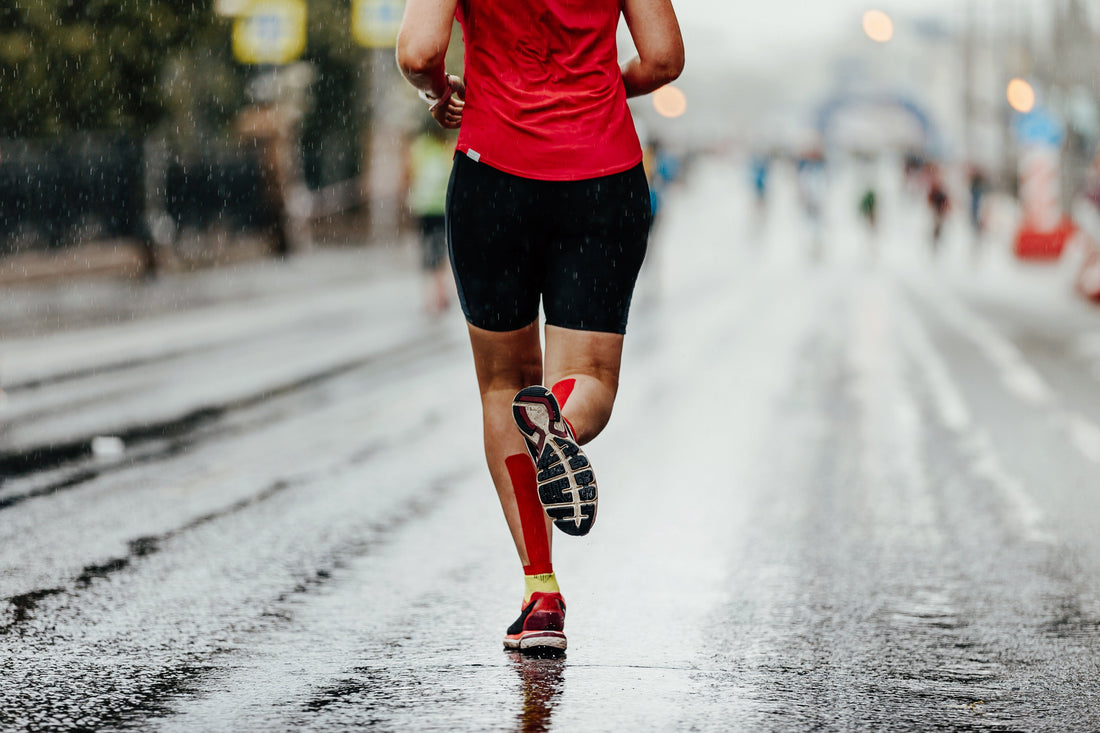
How Many Calories Do You Burn With Exercise? Part 1
Metabolic and Physiological Analysis of the 10 Most Popular Activities in Italy
🧮 Introduction
Energy expenditure from physical activity is one of the fundamental pillars of physiology applied to sport, wellness and body composition. In a context in which the balance between caloric intake and expenditure is central to weight control and the prevention of metabolic diseases, understanding how much and how calories are burned in different sports disciplines can make the difference.
In this article, we will examine 10 of the most popular physical activities in Italy , analyzing:
- The biomechanical and physiological components involved in the activity
- Energy cost based on MET (Metabolic Equivalent of Task) , with differentiation by gender and body weight
- The type of energy substrates involved (carbohydrates, lipids)
- Hormonal response and long-term adaptations
- Practical examples referring to professional athletes
All caloric values are estimated for subjects weighing 60 kg (female profile) and 75 kg (male profile), on an hourly basis, considering conditions of continuous activity.
1. Sports walking
Physiological typology: low impact aerobic activity, moderate muscle involvement. Predominant use of lipid oxidative metabolism.
METs and calories:
- 4 km/h → 3 METs → 180 kcal (60 kg), 225 kcal (75 kg)
- 6 km/h → 4 METs → 240 kcal (60 kg), 300 kcal (75 kg)
Chronic adaptations: improves muscle capillarization, insulin sensitivity, and reduces resting heart rate.
Professional example: Olympic walkers at 8–9 km/h can reach 6.5–7 METs, equal to ~450 kcal/h (60 kg).
2. Running / Jogging
Physiological typology: medium-high intensity aerobic activity, with marked neuromuscular and cardiovascular components. Predominant carbohydrate consumption at high intensity.
METs and calories:
- 8 km/h → 7 METs → 420 kcal (60 kg), 525 kcal (75 kg)
- 12 km/h → 11 METs → 660 kcal (60 kg), 825 kcal (75 kg)
Energy substrates: muscle and liver glycogen + free fatty acids
Professional example: an elite marathon runner consumes 60–75 g/h of carbohydrates → over 1000 kcal/h
3. Swimming
Physiological typology: mixed effort activity (aerobic-anaerobic), with zero joint impact but with high hydrodynamic resistance. Requires high neuromotor coordination.
METs and calories:
- Light freestyle: 7 MET → 420 kcal (60 kg), 525 kcal (75 kg)
- Vigorous freestyle: 10 METs → 600 kcal (60 kg), 750 kcal (75 kg)
Metabolic characteristics: high caloric expenditure for thermogenic maintenance in aquatic environment
Professional example: sprinters (100–200 m) can exceed 1200 kcal/h, with significant EPOC (Excess Post-exercise Oxygen Consumption).
4. Cycling / Spinning
Physiological typology: high-performance cyclic aerobic activity. Predominantly oxidative metabolism, with anaerobic intensifications when climbing or sprinting.
METs and calories:
- Moderate pace (18–20 km/h): 6.8 MET → ~410 kcal (60 kg), 510 kcal (75 kg)
- High intensity (>25 km/h): 10 MET → 600 kcal (60 kg), 750 kcal (75 kg)
Physiological effects: increased VO₂max (Maximum Volume of Oxygen Consumed per Minute), mitochondrial adaptations, improved lactic threshold
Professional example: a cyclist of the Giro d'Italia consumes 5000–8000 kcal/day with an average >900 kcal/h during the stage
5. Yoga / Pilates
Physiological typology: isometric, proprioceptive and respiratory neuromuscular activity. Medium-low metabolic involvement, but with effects on core stability and motor control.
METs and calories:
- Hatha yoga: 2.5 MET → 150 kcal (60 kg), 190 kcal (75 kg)
- Power yoga / advanced Pilates: 4 METs → 240 kcal (60 kg), 300 kcal (75 kg)
Adaptations: improved flexibility, parasympathetic activation, reduced cortisol
Professional example: a teacher with 4 dynamic sessions per day can consume 1000–1200 kcal/day
6. Zumba / Aerobic Dance
Physiological type: choreographed cardio-vascular activity, with intermittent high intensity recalls. It involves all the muscles and stimulates the sympathetic system.
METs and calories:
- Moderate intensity: 6 MET → 360 kcal (60 kg), 450 kcal (75 kg)
- High intensity: 8.5 MET → 510 kcal (60 kg), 640 kcal (75 kg)
Energy substrates: glycogen + lipids, with possible EPOC up to 24h
Professional example: Fitness instructors burn up to 800–1000 kcal/hour in choreographed HIIT (High Intensity Interval Training) classes
7. Tennis
Physiological typology: mixed intermittent aerobic-anaerobic sport. High neuromuscular component, explosive power, reactivity. Variable energy consumption.
METs and calories:
- Recreational match: 7 METs → 420 kcal (60 kg), 525 kcal (75 kg)
- Competitive match: 10 METs → 600 kcal (60 kg), 750 kcal (75 kg)
Adaptations: Increased VO₂max, lactic power, reaction time
Professional: 3h match → 1800–2300 kcal (depends on type of surface and duration of exchanges)
8. Paddle
Physiological type: activity similar to tennis, but with less distance covered and greater speed of execution. Significant cardio and plyometric components.
METs and calories:
- Amateur game: 5.5 MET → 330 kcal (60 kg), 410 kcal (75 kg)
- Competitive match: 7.5 MET → 450 kcal (60 kg), 565 kcal (75 kg)
Adaptations: Improved hand-eye coordination, reactivity, tone
Professional: average 600–700 kcal/h in tournaments, with peaks of 800+ kcal/h in long doubles
9. Functional Training / HIIT
Physiological typology: anaerobic-alactic + lactic exercise, with aerobic phases. High post-exercise EPOC. Intense neuroendocrine stimulation.
METs and calories:
- Average functional: 6 METs → 360 kcal (60 kg), 450 kcal (75 kg)
- Intense HIIT: 9–10 METs → 540–600 kcal (60 kg), 675–750 kcal (75 kg)
Endocrine response: increased GH (Growth Hormone), adrenaline, catecholamines; decreased basal insulinemia
Pro: Coach leading two 45' HIITs also burns 1200–1500 kcal/day
10. Hiking / Trekking
Physiological typology: aerobic activity in a natural environment, on varied terrain, involving the core and postural stabilizers.
METs and calories:
- Hill walking: 3.8 MET → 230 kcal (60 kg), 285 kcal (75 kg)
- Trekking uphill: 6.5 MET → 390 kcal (60 kg), 490 kcal (75 kg)
Aggravating factors: slope, altitude, load on shoulders, climate
Professional example: CAI (Italian Alpine Club) guide on an excursion with a 12 kg backpack: >4000 kcal/day
In the next article, we’ll dive deeper into 10 more disciplines—including team sports, skiing, power sports, and CrossFit—to provide an even more comprehensive overview of the metabolic and physiological differences between activities.
All data are derived from international sources: ACSM (American College of Sports Medicine), Compendium of Physical Activities (Ainsworth et al.), Harvard Health Publications and clinical observations. The figures are indicative and must be contextualized by subject, age, lean mass, and training status.
